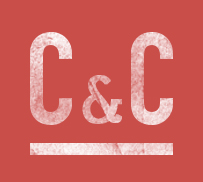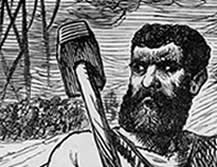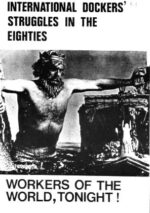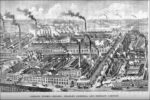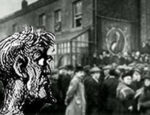Description
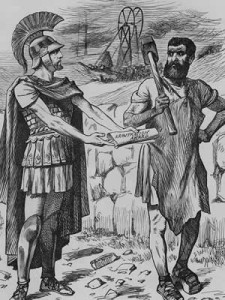 See the British soldiers and miners conceived as Mars and Vulcan by a Punch cartoonist on 23rd September 1893. A months-long conflict had been waged in the coalfields in protest against severe proposed pay cuts. Not only the police force but the army too were regularly being sent in to mining communities to quell protestors. Several protestors had been killed by soldiers, who at Doncaster had actually opened fire into the crowd.
See the British soldiers and miners conceived as Mars and Vulcan by a Punch cartoonist on 23rd September 1893. A months-long conflict had been waged in the coalfields in protest against severe proposed pay cuts. Not only the police force but the army too were regularly being sent in to mining communities to quell protestors. Several protestors had been killed by soldiers, who at Doncaster had actually opened fire into the crowd.
But the situation was complicated because the miners were themselves divided. Some districts (e.g. County Durham) had agreed to submit to arbitration, while others (especially in Yorkshire, Lancashire and Derbyshire) were adamantly opposed to it. In some coal-fields, non-striking miners who had agreed to arbitration were protected by the militiamen and formed close bonds with them.
In the cartoon, the chaotic alliances and divisions are simplified by using classical allegory. Mars signifies the complex alliance of the military with the less militant miners who were prepared to enter arbitration. Vulcan represents the militant miners who were absolutely opposed to any wage cuts and therefore could not agree to arbitration. The conciliatory Mars says to the defiant Vulcan, “LOOK HERE, BROTHER VULCAN!—WHEN EVEN I HAVE KNOCKED UNDER TO ‘ARBITRATION,’ SURELY YOU MIGHT TRY IT?”
The two gods meet beside a mine shaft. The areas around mines all over England and Wales had been turned into battlefields where different elements of the working class fought throughout the long summer of conflict.
The editor of this issue of Punch, Sir Francis Burnand, had been a famous writer of classical burlesques. The cartoon is accompanied by his poem ‘A LESSON FOR LABOUR’. Although very sympathetic to the poverty of the miners, it implies that they, rather than the government, are responsible for the escalation of violence, and patronisingly advises the militant wing to come to heel and agree to arbitration.
